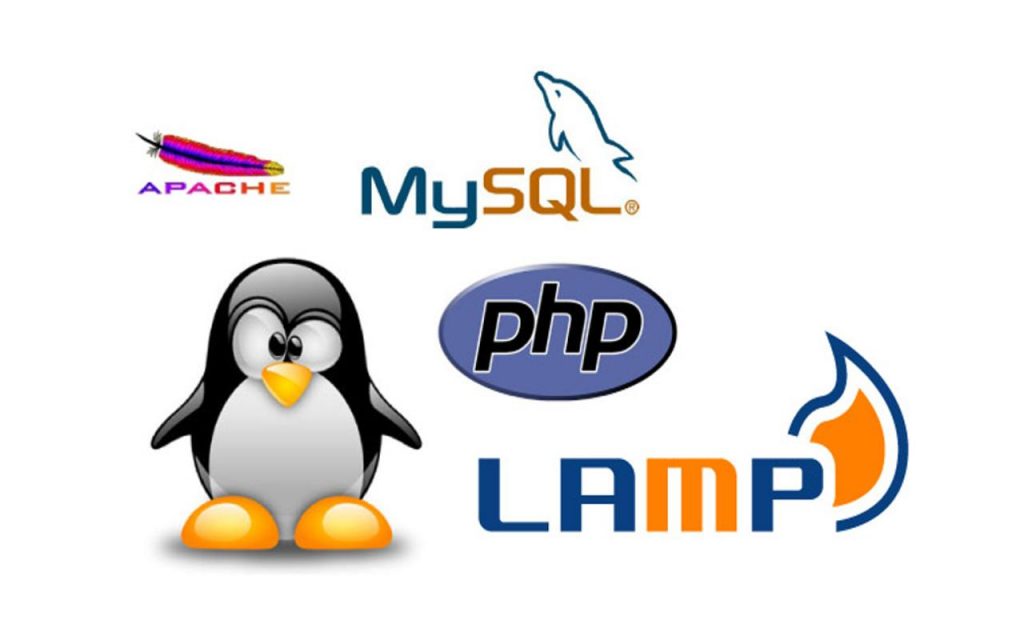LINUX HOME WEB SERVER GUIDE
WHY DO I NEED A HOME SERVER?

- Setting up a home server can be beneficial for several reasons:
- Website hosting: With a home server, you can host your own websites or web applications. This gives you complete control over your online presence, allowing you to customize and manage your websites according to your needs.
- Learning and experimentation: A home server provides a hands-on learning experience. It allows you to explore different server technologies, web development, and networking concepts. You can experiment with various configurations, software installations, and programming languages without the limitations of shared hosting or cloud platforms.
- Data storage and backup: You can use a home server to store and manage your files, documents, media, and other data. It provides a centralized location to access your files from multiple devices on your home network. Additionally, you can set up regular backups to ensure the safety of your data.
- Media streaming: With a home server, you can set up media streaming services such as Plex or Kodi. This enables you to stream your media files, including movies, TV shows, music, and photos, to various devices within your home network.
- Home automation: A home server can serve as a hub for controlling and managing various smart home devices. You can set up automation routines, control lights, thermostats, security cameras, and more, all from a single interface.
- Privacy and security: By hosting your own services and data, you have greater control over your privacy and security. You can ensure that your personal information is not shared with third-party hosting providers. Additionally, you can implement security measures tailored to your needs, such as firewalls, intrusion detection systems, and encryption protocols.
INSTALLING A WEB SERVER

Installing a Web Server can seem daunting at first, but it’s really quite simple, all you need to do is install a LAMP stack and forward the correct ports. Past this there are some more advanced tasks we can accomplish, such as hosting on a Dynamic IP, and hosting Multiple Websites.
- Installing the LAMP Stack – Installing the LAMP (Linux, Apache, MySQL, PHP) Stack of packages, enabling us to host a fully functional web server.
- Hosting with a Dynamic IP – Using Dynamic DNS to host our website on a dynamic IP address.
- Hosting Multiple Domains with Virtual Hosts – How to use Apache to host multiple domains on the same server, and sort the requests based on domain.
November 2022